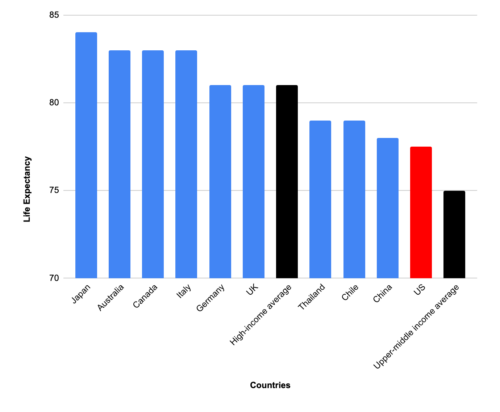Lessons From the New NSF Innovation Survey
By: / 10.26.2010
 Last week the National Science Foundation released its 2008 Business R&D and Innovation Survey, which surveys over 1.5 million for-profit organizations and benchmarks the number of “new or significantly improved products and processes” U.S. firms developed between 2006 and 2008. The data reveals much about the state of innovation in the U.S. economy.
Last week the National Science Foundation released its 2008 Business R&D and Innovation Survey, which surveys over 1.5 million for-profit organizations and benchmarks the number of “new or significantly improved products and processes” U.S. firms developed between 2006 and 2008. The data reveals much about the state of innovation in the U.S. economy.
First, the survey reveals while nine percent of all firms developed at least one new good or service and nine percent developed at least on new business process, there are significant discrepancies among industries.
Far and away the most innovative industry was software publishing: 77 percent of software firms innovated a new product or service and 19 percent innovated a process. Following software designers are navigational and electromedical instruments, computer equipment, communications equipment, and pharmaceuticals. In other words, four of the top five innovative industries between 2006 and 2008 were IT-related industries.
These industries are big winners across the board for the U.S. economy: They pay more, have higher labor productivity, and have weathered the economic recession far greater than most. Indeed, the average annual wage in 2008 within these industries equaled $74,000—170 percent above the average U.S. wage. And between 2002 and 2008, labor productivity increased on average by 70 percent.
On the other end of the spectrum, the five industries producing the least innovation are: real estate, finance/insurance, nonmanufacturing industries, wood products, and health care services. These industries generally pay lower and grow more slowly.
Another key finding from the survey is that firms are pursuing just as much process as product innovation. According to the survey, process innovation—the creation of new business practices or methods of production—represents half of the innovation done by U.S. firms.
This is good news. Several studies find that process R&D may have a greater economy-wide impact because the spillover effect from process innovation to the overall economy may be larger. This is because it is harder to protect the intellectual property generated by process innovation than new products and is new processes are less rivalrous (many firms can use a better process, but it is harder for many firms to produce the same new product, given finite market demand). One study finds that firms also invest more in product R&D when they invest more in process R&D, which makes incentivizing process R&D good policy.
Yet, despite the benefits of process innovation, few firms take advantage of the R&D tax credit for it. One of the main reasons for this is while process R&D is technically eligible under the definition of qualified R&D, in practice it is extremely difficult for companies to take the credit, in part because the Treasury and IRS interpret the statute very narrowly. If Congress made it clear that the intent of the credit was to allow a broad range of process R&D to qualify, it would make it easier for firms to qualify for the credit, which in turn would not only encourage firms to conduct more R&D. It would also reduce the cost differential between R&D facilities located in the United States and other nations.
Finally, the survey shows that manufacturing firms exhibited a considerably higher overall incidence of innovation than firms as a whole. About 22 percent of all the companies in manufacturing industries reported one or more product innovations between 2006 and 2008, and about 22 percent reported process innovations (compared to nine percent in overall firms).
While manufactures are often characterized as part of the “old, dirty economy,” successful manufacturing firms are often highly technical, innovative, and capital intensive. However, throughout the last decade the manufacturing sector has lost more than million jobs and has gone from representing over 13 percent of total employment to 9 percent in 2009. The service sector, on the other hand has grown by 4.5 million in the same time period. Because of the growing importance of the service sector, it is particularly worrying that the survey found little innovation in many high-wage service industries such as health care and finance.
Innovation is a buzz word in Washington, yet often there is little consensus about the exact policy priorities to promote innovation in the economy. Data such as NSF’s innovation survey highlights the uneven landscape of innovation in the United States.






